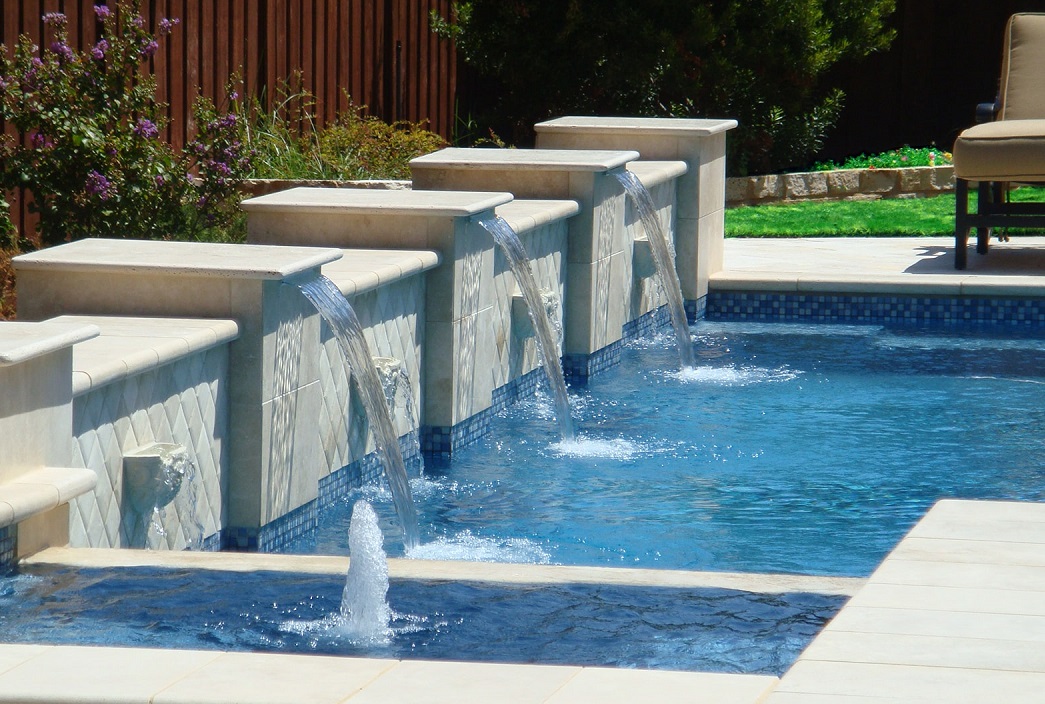What to Consider Before Installing a Water Fountain

Water fountains offer elegance and tranquilly to any setting, whether it’s a home garden, an office lobby, or a public park. The sound of flowing water and the aesthetic appeal of a fountain can enhance the mood and create a peaceful environment. However, before you decide to build a water fountain, there are a few things you should think about to guarantee you pick the best option for your space. In this article, we will detail crucial elements to assist you in making a selection.
1. Space and Location:
Assess the available space and choose the best place before building a water fountain. Consider the size of the fountain, the surrounding environment, visibility, and maintenance accessibility. Whether the site is indoors or outside, make sure it complements the fountain both aesthetically and functionally.
2. Fountain Type and Design:
Water fountains are available in a variety of forms, sizes, and designs. Choose a fountain style that complements your personal preferences as well as the general concept of the room. Wall-mounted fountains, freestanding fountains, tiered fountains, and pond fountains are all common types of fountains. Choose a design that adds to the mood and acts as a focal point for the space.
3. Budget and Costs:
Create a budget for the water fountain project that includes the cost of the fountain, installation, maintenance, and any extra features such as illumination. Consider long-term operational expenditures such as water use and pump operation electricity. It is critical to match your desires for a beautiful fountain with a budget that is appropriate for your financial situation.
4. Maintenance Requirements:
Water fountains must be maintained on a regular basis to ensure that they perform properly and stay aesthetically beautiful. Understand the unique fountain’s maintenance requirements, such as cleaning, water treatment, pump maintenance, and winterization (for outdoor fountains in colder climates). Consider how much time and effort you’re willing to put into maintaining the fountain.
5. Power Source and Electricity:
Fountains usually require a power supply to run the pump and any extra features such as lights or automated controls. To retain the fountain’s beauty, ensure that the chosen location has access to a stable power supply and examine the potential of concealing wires.
6. Water Supply and Drainage:
Assess the availability of a water source for the fountain, whether it’s a dedicated water line or manual filling. Additionally, plan for proper drainage to avoid water accumulation and potential damage to the fountain and surrounding area. Proper drainage is crucial for both indoor and outdoor fountains.
7. Climate and Weather Conditions:
Consider your location’s climate and how it may affect the fountain. Extreme temperatures, sunlight, wind, and freezing temperatures can all have an impact on the fountain’s durability, water evaporation rate, and algae growth. Select a fountain material and location that will survive the weather conditions.
8. Material and Durability:
Choose high-quality, long-lasting materials for the fountain that can tolerate water and external weather. Stone, concrete, metal, ceramic, and resin are all common materials. Choose a material that corresponds to your design preferences, durability expectations, and budget.
9. Regulatory Approvals and Permits:
Check with local authorities to see if any permissions or approvals are required before building a water fountain, especially for bigger or outdoor installations. Regulation compliance provides a seamless installation process and eliminates any legal difficulties.
10. Consult with a Professional:
If you’re unsure about any aspect of installing a water fountain, consider consulting a professional landscape architect, fountain designer, or contractor. Their expertise can guide you through the process, from selecting the right fountain to ensuring proper installation and maintenance.
Finally, putting a water fountain is an exciting method to improve a space’s aesthetic appeal and mood. By carefully examining these elements, you’ll be well-prepared to select the ideal water fountain that fits your surroundings and satisfies your design, functionality, and maintenance expectations. Enjoy the calming sounds and visual delight that a water fountain brings to your space!
Blog Categories
Recent Post
Common Swimming Pool Repairs for Problems Big and Small
July 23, 2024Finding Your Flow: Tips for Choosing the Perfect Fountain
July 9, 2024Choosing the Right Musical Fountain and Waterscape Solution
June 21, 20247 Best Musical Fountains Manufacturers & Suppliers in India
June 6, 2024Top Musical Fountain Manufacturers in India
May 17, 2024Dancing Waters – Celebrating the Art and Culture of Fountains in India
May 9, 2024

